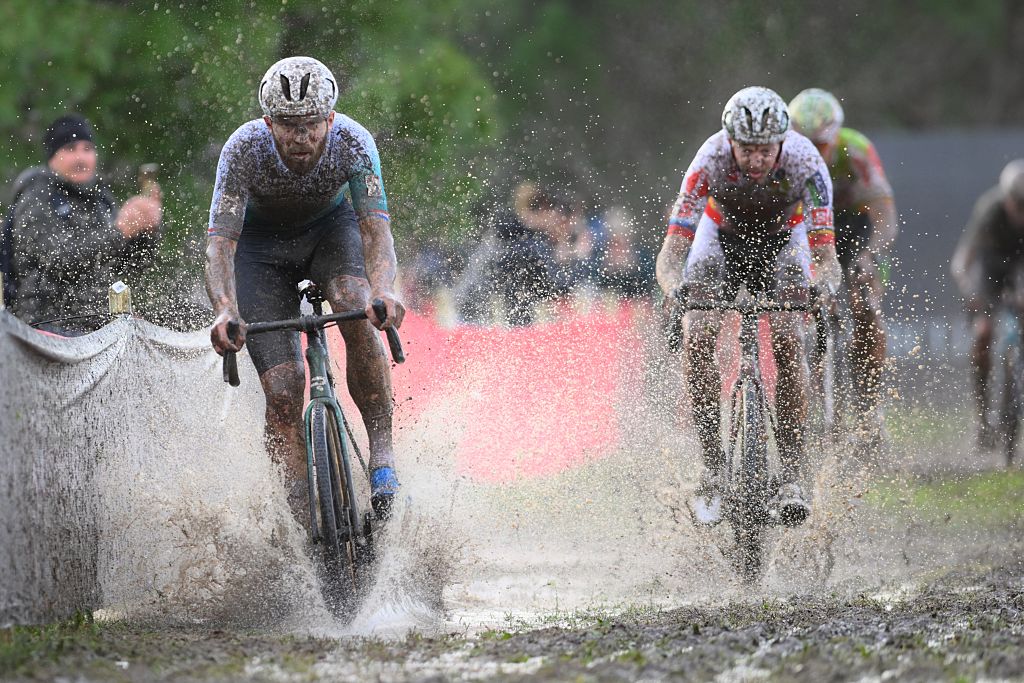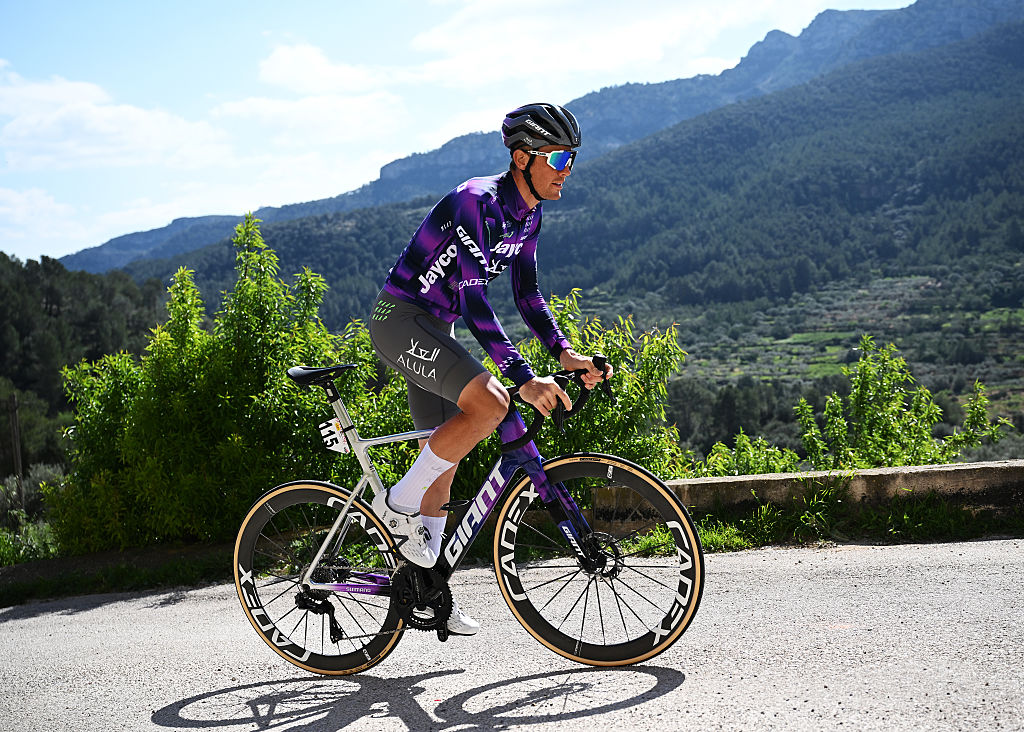
For some, people climbing comes naturally and they gleefully dance uphill on their pedals, while for others, including this author, cycling up a mountain is an almightily painful and boring slog. But it doesn’t have to be that way.
In fact, becoming a better climber doesn’t mean riding up a hill day after day. From pacing, to gear ratio choice and cadence, to leaving your ego behind, there is so much more to it.
Want to climb better on your bike? Here are some key tips and tricks, including advice and a training plan from a WorldTour coach.
Establish a starting point
If you want to get better in the hills, the first place to start is by benchmarking your current climbing level. A common way of doing this is through an FTP test or on your local climb.
"If you have a climb near your home which you can do week in, week out, use this as the best marker," said Peter Leo, coach at Jayco Alula and sports scientist for the Australia Cycling team.
"Do this in early the season and then in the mid-season and then late season, and you can see your progression. You don't necessarily need a power meter because you can use Strava data to benchmark your uphill performance by using the segments and the time."
Be consistent and get comfortable
Once you've set your benchmark, you can start to think about making improvements. As with any performance area you are looking to improve, consistency is key without overdoing it.
The latest race content, interviews, features, reviews and expert buying guides, direct to your inbox!
"Look for a sustained climb at your home location that takes 20 to 40 minutes as that's the sweet spot where you can really work on your climbing ability," said Leo.
"Do this no more than two to three times a week and make sure you separate those days with easy rides in between.
"For example, for an ambitious rider you could do a short climb on Tuesday of 500 to 1,000 metres, a medium climb on Thursday of 1,000 to 1,500 metres, and a long-sustained climb of 2,000 to 2,500 metres on the weekend. That has a nice distribution of elevation, and the rest of the days can be filled up with flat hilly rides without crazy elevation gain."
If this doesn’t sound appealing, then Leo says tone it down and simply get comfortable with cycling uphill.
"People who struggle with climbing in general need to start more progressively and maybe before going for an hour climb, go for a 10 to 15 minute climb or even a five minute climb, and start to feel more comfortable," he said.
"Then gradually climb for longer, 20 minutes, then 30 minutes and then you will feel that kind of shift of feeling comfortable because at the end of the day, you don't like climbing because you don't do it often enough. It’s a matter of getting used to it."
Keep cadence high with good gear choice
Another crucial aspect to improving your climbing performance is finding the sweet spot of optimum cadence rhythm with power delivery.
"I recently did some research and we found the biggest trigger for sustained climbing performance is keeping your cadence up," said Leo.
"When you fatigue, the big problem is that you drop your cadence because the body cannot keep up with the high pedalling rate which results in a drop in power. If you keep good cadence control throughout your sustained effort, you're delivering power consistently."
Keeping your cadence up is acutely linked to selecting the right gear which can mean putting your ego aside.
"Often people are not happy with the climbing because they used the wrong gear ratio," said Leo.
"Often you see climbers riding at quite low RPMs, and if you don't have the power capacity to increase your cadence with your selected gears, then you might think about improving your gear selection by adjusting your crank set.
"Maybe try compact and don’t let your ego get in the way. Having more variation in your gear selection helps you to work more on your cadence compared to using a pro gear ratio set-up."
Can you go too low?
"I don't think so because even with a compact groupset you will hardly exceed 90 RPM uphill. For a pro rider, yes, because you want to be in that sweet spot of optimum cadence to power production. If you overdo the cadence, that's not ideal because your pedal efficiency drops."
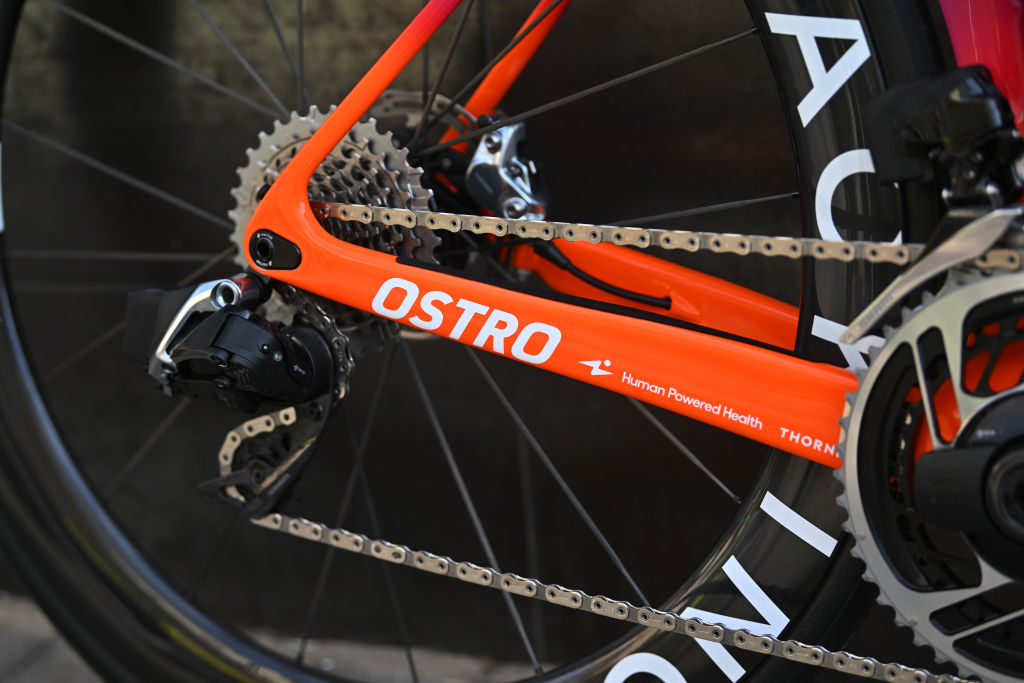
Stick to your rhythm
Once you’ve established your pacing from benchmarking and worked out how to keep a steady cadence thanks to excellent gear choice, your climbing rhythm should follow.
"Finding your pace and finding your rhythm is the most important factor in order to improve uphill performance," said Leo.
As part of this rhythm, the question of whether to stay seated or stand up on a climb comes into play.
"If you are on a four to five per cent gradient and you're still going at 20 kilometres per hour, and you're always out of the seat, this has an aerodynamic disadvantage," said Leo.
"But sometimes when you're going slow or it’s really steep, being out of the saddle helps to apply force better to the pedal and having a rhythm of going in and out of the saddle can also help.
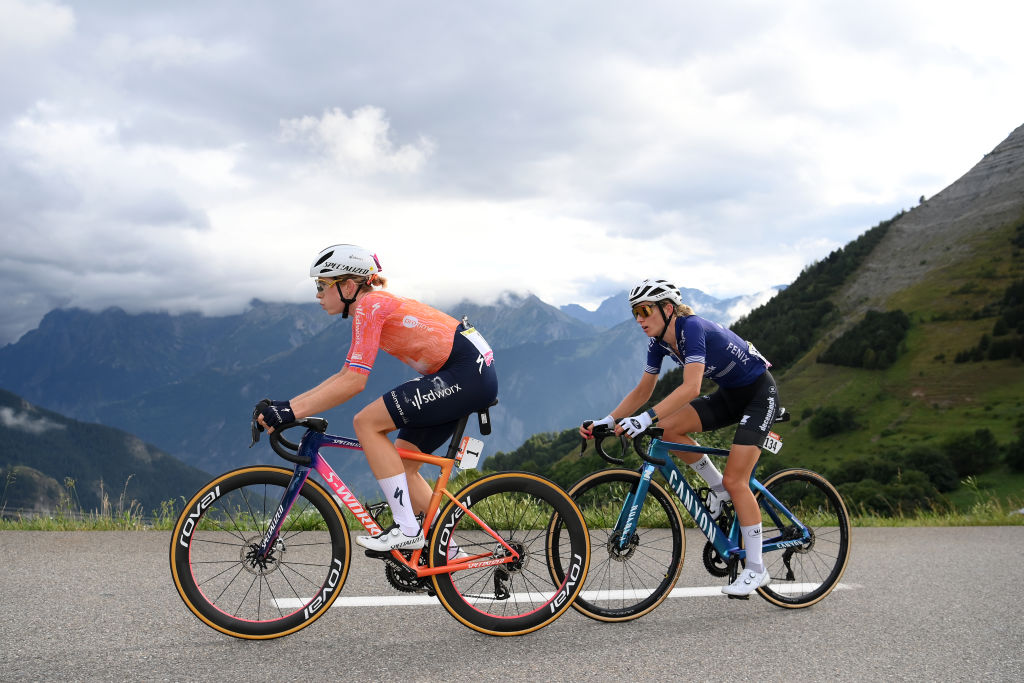
When preparing for a gran fondo or similar, it’s all about personal pace and rhythm, but in a race, it’s a slightly different strategy.
"You've got to be very adaptive in terms of rhythm changes and that's a completely different beast," Leo said of racing in a bunch.
"You cannot find your rhythm because the race dictates the rhythm and because you've got to follow your teammates, or you follow your opponent. There are attacks and you need to recover from the attacks and then you need to go back into your rhythm. In training we include lots of variability to allow riders to better absorb those undulations during racing."
Luckily, for most amateur riders, you won't have to worry about all of that, and you can just focus on yourself.
Look at your physique rather than your bike
If climbing doesn’t come naturally to you, the reason could be that you simply are not built for it. It’s an unsympathetic reality that smaller body types make for better climbers.
"Body type is a very determining factor for someone to be a good climber, especially for multi-stage racing," said Leo.
"When you look at your body type or just your anthropometric profile in terms of your body mass, very often climbers in the subtype are quite small. You need to have a certain physique to become a good climber."
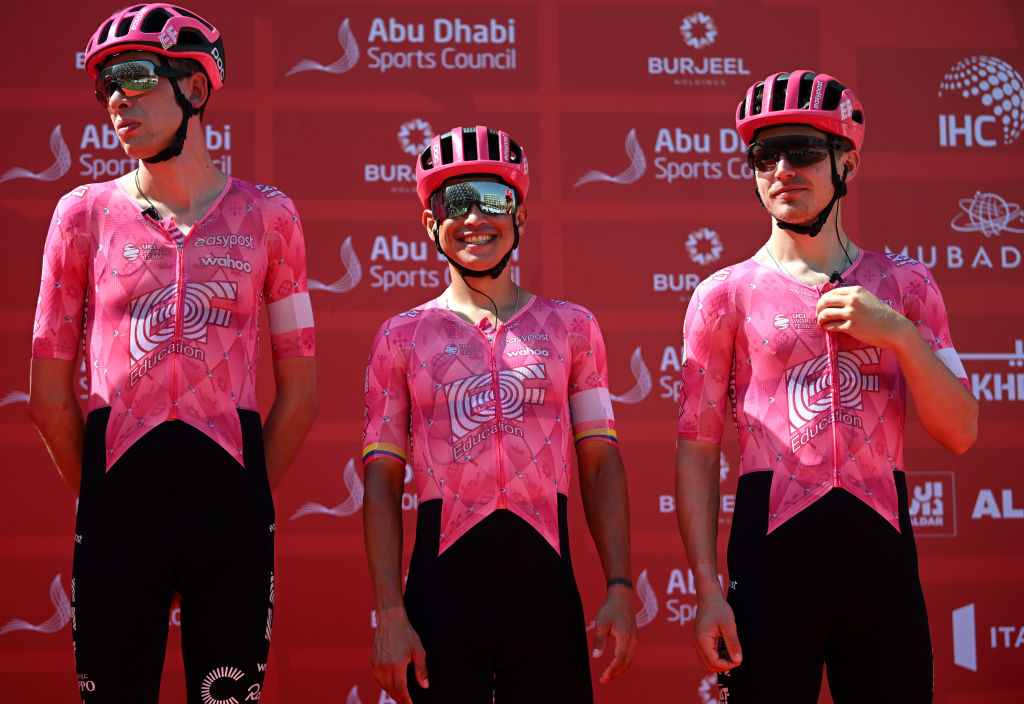
Expensive equipment, like having the lightest and most aero bike, also won’t make the biggest difference if you're carrying significant extra weight or have a naturally bigger build.
"The easy wins are in body composition," said Leo. "Rather than buying a groupset which is 500 grams lighter than your current one, if you have the capacity to lose five kilos that’s a much better option."
That said, weight loss should always be done in a safe and sustainable way, and only if it's actually appropriate for your current body type – losing excessive weight or underfueling won't help you in the long run, and it's not worth damaging your health to shave a few seconds off a climbing time.
Weekly climber training program outline
Designed by WorldTour coach Peter Leo, this climbing training programme is aimed at cyclists with a high level of fitness training for a Gran Fondo.
Incorporate these three sessions into your weekly training to start improving your climbing. Reduce the efforts as needed to make it work for your current level.
Session 1: Short Hill Blowouts
Workout: 5 x 1 km hill climb or 5 x 3-minute high-intensity efforts
Intensity targets:
- RPE (rate of perceived exertion): 8-9/10
- HR: >90% HRmax
- Power: 90-95% of best 5-minute power
Objectives:
- Develop anaerobic capacity and explosive climbing power
- Improve VO2 max and lactate
Session 2: Sustained Tempo/Threshold Efforts Uphill
Workout:
- Rep 1: 15 min, progressively building intensity
- Rep 2: alternate between cycling 1 min standing + 2 min sitting
- Rep 3: 5 min hard + 5 min hold + 5 min hard
Intensity targets:
- RPE: 7-8/10
- HR: 85-90% HRmax
- Power: 90-95% of best 20-minute power
Objectives:
- Enhance climbing endurance and sustained power output
- Improve lactate threshold and aerobic efficiency
Session 3: Long Sustained Tempo Climbs
Workout: 3 x 30-minute sustained climbs
Intensity targets:
- RPE: 6-7/10
- Power: 80-85% of best 20-minute power
Objectives:
- Build muscular endurance for long climbs
- Increase aerobic efficiency and fatigue resistance
Emma Cole is a gold-standard NCTJ journalist who loves anything to do with adventure, sport and sustainability. Alongside writing about these passions for Cyclingnews, her work has also featured in Cycling Weekly, Outdoors Magic and Cyclist Magazine - where she previously held the role of Features Writer for over two years. Emma hosts her own podcast, The Passion Stories Podcast and has a first-class degree in French and Politics.
You must confirm your public display name before commenting
Please logout and then login again, you will then be prompted to enter your display name.
